
Transcription
Mule Creek State Prison
Rehabilitative Programming
Facilitation Guide
A Restorative Justice Approach to Facilitating
Self-Help Groups within a Correctional Setting
BTB
For those readers of my blogs
who are interested in the rehab
process, I present the following
Facilitation Guide
63 pg (doublesided).
note: Prisons everywhere welcome public
participation toward rehabilitation of
incarcerated wards. Contact the Prison's
"Community Resource Manager" who is
in charge of approving Volunteers.
J. Jordan J27227
Alcohol and Drug Studies Specialist II
Mule Creek State Prison
Rehabilitative Programming Facilitation Guide
Written Exercises
CHAPTER 1
FAILURE TO ACKNOWLEDGE CRIMINAL BEHAVIOR
Select 3 to 4 sentences, which were interesting or significant to you. Write a brief statement why
they were meaningful.
Write a brief statement regarding how this factor has played out in your life and what you have
done or are planning to do to address it.
CHAPTER 2
THE FAILURE TO UNDERSTAND THE NATURE OF CRIME:
Select 3 to 4 sentences, which were interesting or significant to you. Write a brief statement why
they were meaningful.
Write a brief statement regarding how this factor has played out in your life and what you have
done or are planning to do to address it.
CHAPTER 3
THE FAILURE TO UNDERSTAND CRIMINAL THINKING:
Select 3 to 4 sentences, which were interesting or significant to you. Write a brief statement why
they were meaningful.
Write a brief statement regarding how this factor has played out in your life and what you have
done or are planning to do to address it.
CHAPTER 4
MORAL DEVELOPMENT
Select 3 to 4 sentences, which were interesting or significant to you. Write a brief statement why
they were meaningful.
Write a brief statement regarding how this factor has played out in your life and what you have
done or are planning to do to address it.
CHAPTER 5
FACILITATING WITHIN A RESTORATIVE JUSTICE FRAMEWORK
Select 3 to 4 sentences, which were interesting or significant to you. Write a brief statement why
they were meaningful.
Write a brief statement regarding how the restorative justice framework has played out in your
life.
CHAPTER 6
FACILITATORS
Select 3 to 4 sentences, which were interesting or significant to you. Write a brief statement why
they were meaningful.
Write a brief statement regarding how being facilitated improved and or had a negative impact
on your life.
CHAPTER 7
FACILITATOR COMPETENCES
Select 2 competences, which were interesting or significant to you. Write a brief statement why
they were meaningful.
Write a brief statement regarding how those competences has impacted your life through your
participation in groups.
CHAPTER 8
GROUP DEVELOPMENT
Select one stage of group development, which was interesting or significant to you. Write a brief
statement why they were meaningful.
Write a brief statement regarding how you have seen that stage develop.
CHAPTER 9
FEATURES OF THE GROUP PROCESS
Select a feature of the group process, which was interesting or significant to you. Write a brief
statement why it was meaningful.
Write a brief statement regarding how you have seen that feature present itself in your life.
CHAPTER 10
INMATE ROLES
Select an inmate, which was interesting or significant to you. Write a brief statement why it was
meaningful.
Write a brief statement regarding how you have seen that inmate roles present themselves in
groups you participate in.
CHAPTER 11
EVOLUTION OF OFFENDER MOTIVATION
Select 3 to 4 sentences, which were interesting or significant to you. Write a brief statement why
they were meaningful.
Write a brief statement regarding how this factor has played out in your life and what you have
done or are planning to do to address it.
Mule Creek State Prison
Rehabilitative Programming
Facilitation Guide
A Restorative Justice Approach to Facilitating Self-Help
Groups within a Correctional Setting:
Stakeholder Participation in Guiding Offenders to
Rehabilitative Spaces.
DISCLAIMER
The opinions expressed herein are the views of the author and do not necessarily
reflect the official position of Mule Creek State Prison (MCSP) or the California
Department of Corrections and Rehabilitation (CDCR). No official support of or
endorsement by MCSP or CDCR for these opinions or for the instruments or resources
described are intended or should be inferred. The guidelines presented should not be
considered substitutes for individualized offender/inmate care and treatment decisions.
TABLE OF CONTENTS
TABLE OF CONTENTS 4
INTRODUCTION 5
OVERVIEW OF SETTING 6
PART 1 7
COMMON CHALLENGES TO OFFENDER RESPONSIVENESS 7
CHAPTER 1 8
FAILURE TO ACKNOWLEDGE CRIMINAL BEHAVIOR 8
CHAPTER 2 12
THE FAILURE TO UNDERSTAND THE NATURE OF CRIME: 12
CHAPTER 3 13
THE FAILURE TO UNDERSTAND CRIMINAL THINKING: 13
CHAPTER 4 15
MORAL DEVELOPMENT 15
PART 2 16
RESTORATIVE JUSTICE 16
CHAPTER 5 18
FACILITATING WITHIN A RESTORATIVE JUSTICE FRAMEWORK 18
PART 3 20
FACILITATION 20
CHAPTER 6 21
FACILITATORS 21
CHAPTER 7 22
FACILITATOR COMPETENCES 22
PART 4 29
THE GROUP PROCESS 29
CHAPTER 8 30
GROUP DEVELOPMENT 30
CHAPTER 9 32
FEATURES OF THE GROUP PROCESS 32
CHAPTER 10 45
INMATE ROLES 45
PART 5: 51
COMMON OFFENDER MOTIVATION 51
CHAPTER 11 52
EVOLUTION OF OFFENDER MOTIVATION 52
CHAPTER 12 57
MOTIVATIONAL INTERVENTIONS 57
END NOTES 61
INTRODUCTION
The purpose of this guide is to meet the need for informative, relevant, and practical
instruction to individuals who facilitate inmate self-help groups within correctional
settings, who seek to enhance offender motivation for change during offender
participation in rehabilitative programming.
The information pertaining to criminal thinking and behavior is the product of untold
hours of actively participating in criminal activity. The observations recounted were
witnessed during years of exposure to and cohabitation with anti-social, borderline,
narcissist, sociopathic personalities within various correctional settings. The opinions
contained in this document derive from 2000 hours of facilitating self-help groups within
those settings and are assembled with informal and formal education and are the
product of a lived experience not just academic theory.
The approach discussed in this guide is relative to the delivery of rehabilitative
Programming at Mule Creek State Prison (MCSP). This model is similar to others in
content, but is different in context, due to the uniqueness of MCSP's correctional
environment and mission.
OVERVIEW OF SETTING
Mule Creek State Prison is a maximum-security prison within the California Department
of Corrections and Rehabilitation housing Level III and IV inmates. MCSP has a
Sensitive Need Facility (SNY) designation, which means that it accommodates the
housing needs of inmates who are in protective custody.
Rehabilitative programming is delivered via two distinct methods at Mule Creek State
Prison (MCSP). The two methods are:
1. The Mental Health Service Delivery System (MHSDS)
2. Inmate Leisure Time Activity Groups (ILTAG)
MHSDS groups include but are not limited to, Anger Management, Family Issues, Long
Term Inmate and Lifer Support Groups, Art Therapy and Substance Abuse Education.
Although group models include, psychoeducational, skills development, cognitive-behavioral,
support, interpersonal, and expressive, specific treatment approaches vary
and depend on the clinician facilitating the group.
ILTAG groups include but are not limited to, Alcoholics Anonymous (AA), Narcotic
Anonymous (NA), Criminal and Gang Members Anonymous (CGA) Self Awareness and
Recovery (SAR) and the Victim Awareness Offender's Program (VAOP).
There are no criteria for placement relative to participants within ILTAGs and all of
ILTAGs groups utilize inmate facilitators and group leaders, supervised by a staff
sponsor. The majority of the groups within the ILTAG program, with the exception of the
VAOP, are structured in a parliamentary fashion utilizing Robert's Rules of Order as a
guide for procedure. Those utilizing the parliamentary style frequently utilize a spiritual
model (12-Step) with psychoeducational, skills development, cognitive-behavioral, and
support techniques. Incorporation of the previous techniques has "crept" into the
operation of these groups and their use is often times unskilled and thus opportunities
for capitalizing on the therapeutic effects of the group process are missed.
Within a Restorative Justice framework, the VAOP utilizes Cognitive Behaviour Therapy
(CBT), Dialectical Behavior Therapy (DBT), Trauma Sensitive Clinical Care (TSCC),
and Motivational Enhancement Therapy (MET) in an evidence informed model to
address the criminality and operates from the following categorical imperative, Helping
an offender become accountable is a step toward restoring the victim. Offender
rehabilitative programming within the VAOP is an individually restorative practice that
consistently reinforces the importance of individual restoration and its impact on
interpersonal relations. Offender's motivation must extend to not only being responsive
to some particular external restraint but to also changing core elements related to their
thinking and behavior.
PART 1
COMMON CHALLENGES TO OFFENDER RESPONSIVENESS
In addition to mental defects or impairment, disease, past or ongoing substance use or
abuse, there are four common challenges to offender responsiveness to rehabilitative
programming:
- Failure to acknowledge criminal behavior
- Failure to understand the nature of crime
- Failure to understand criminal thinking
- Moral Development
Other posts by this author
|
2023 may 31

|
2023 apr 5

|
2023 mar 19
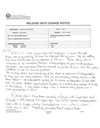
|
2023 mar 5
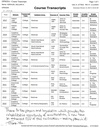
|
2023 mar 5

|
2023 mar 5

|
More... |
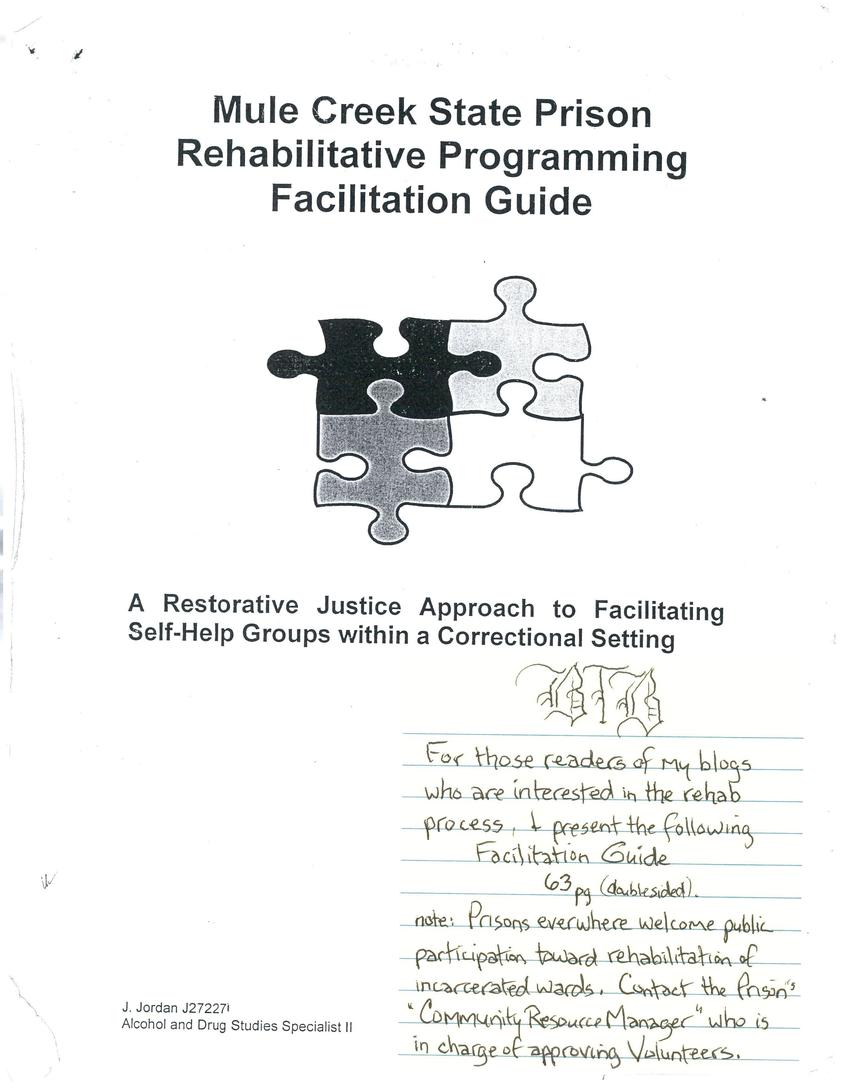
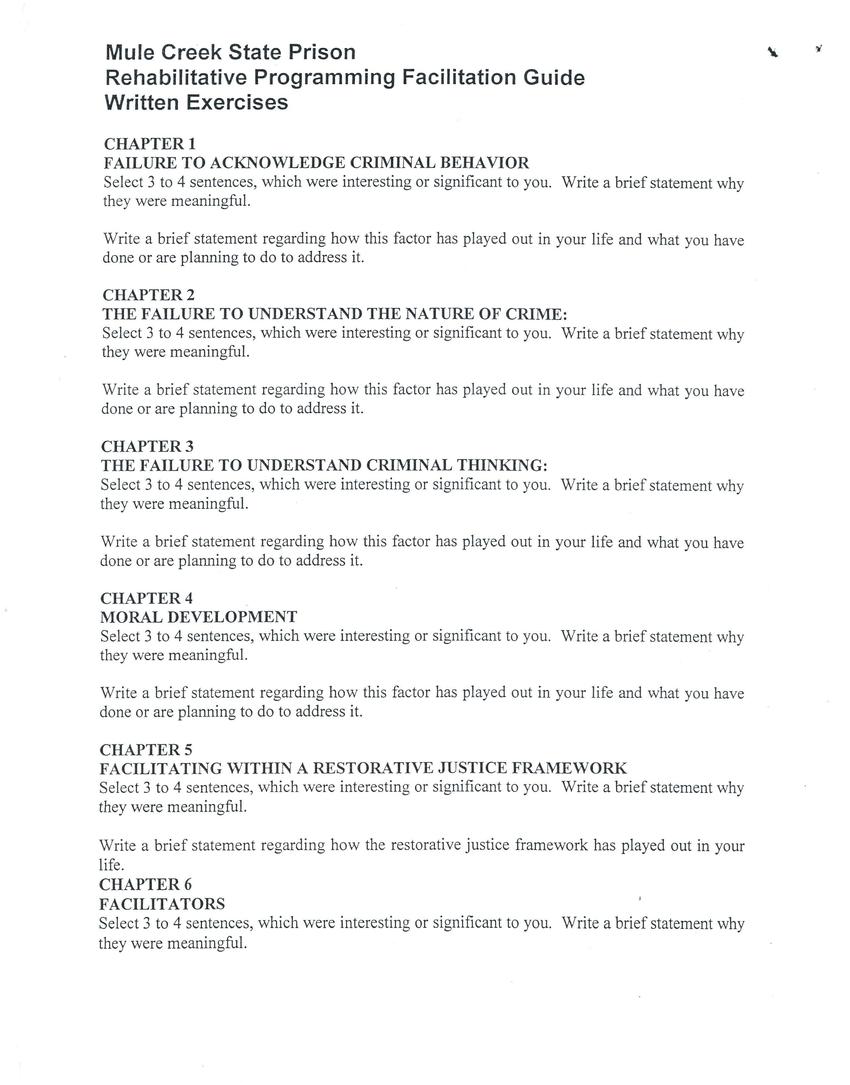
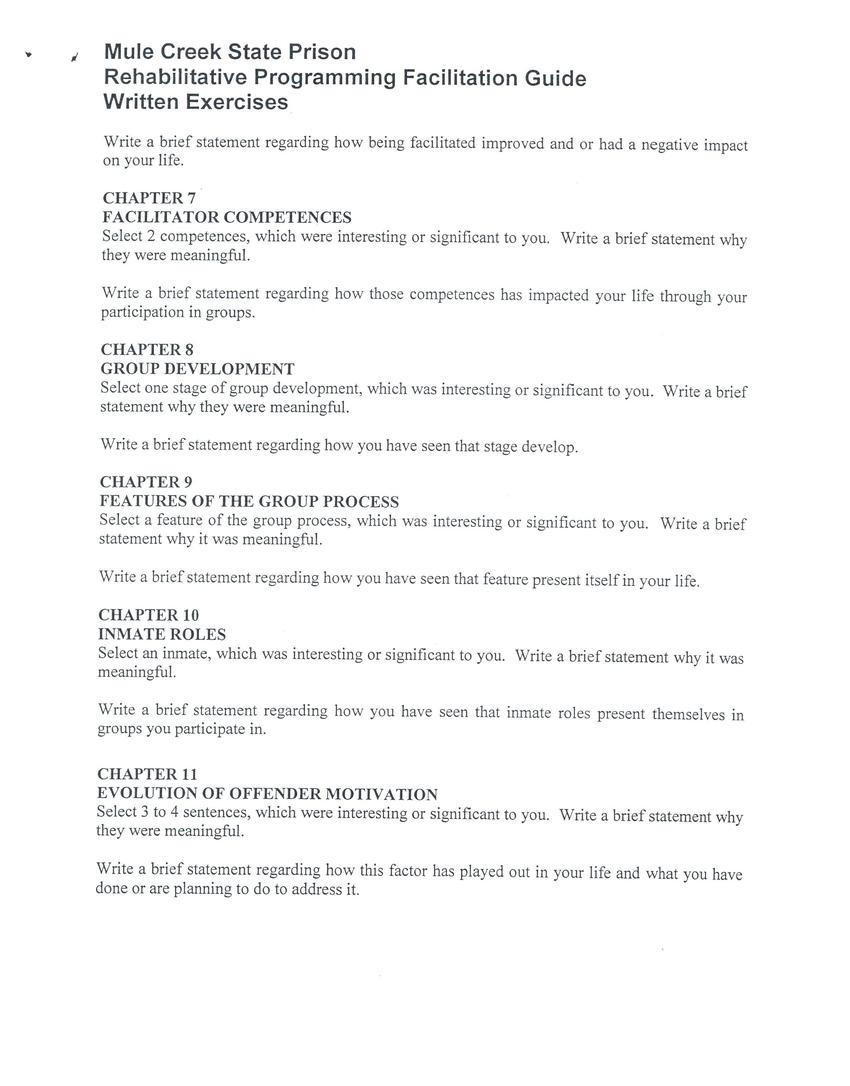
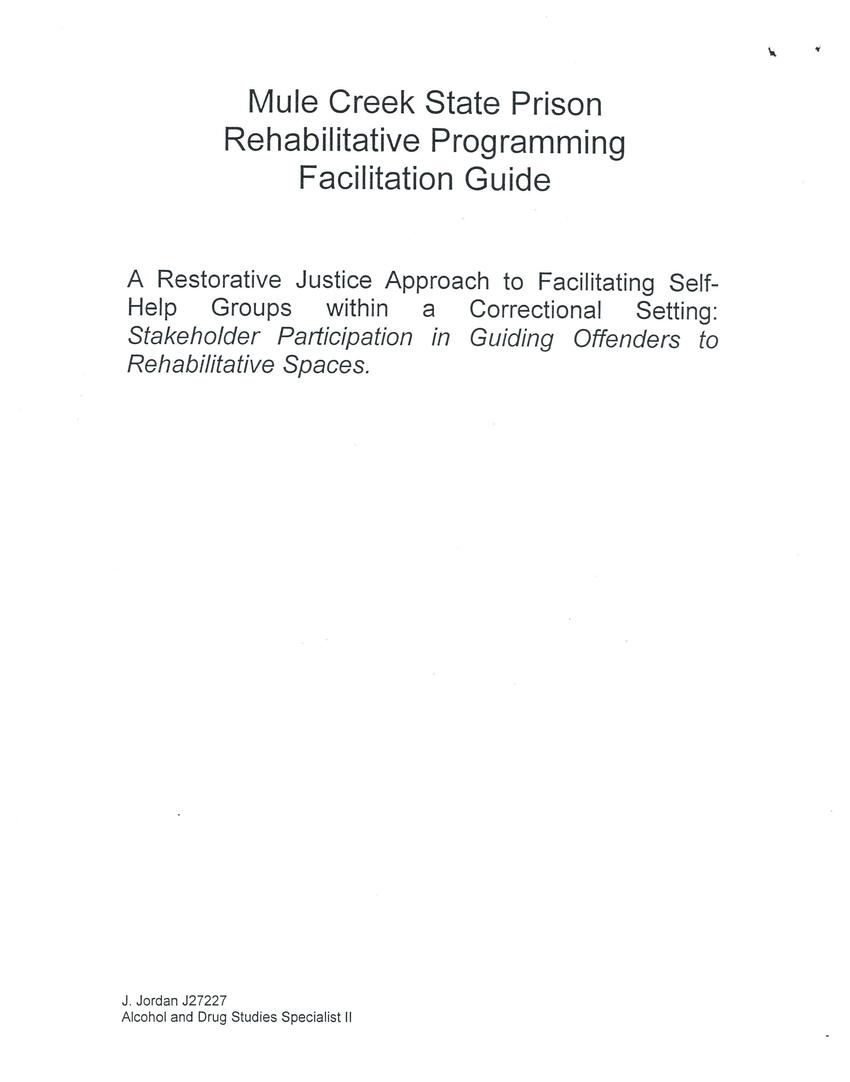
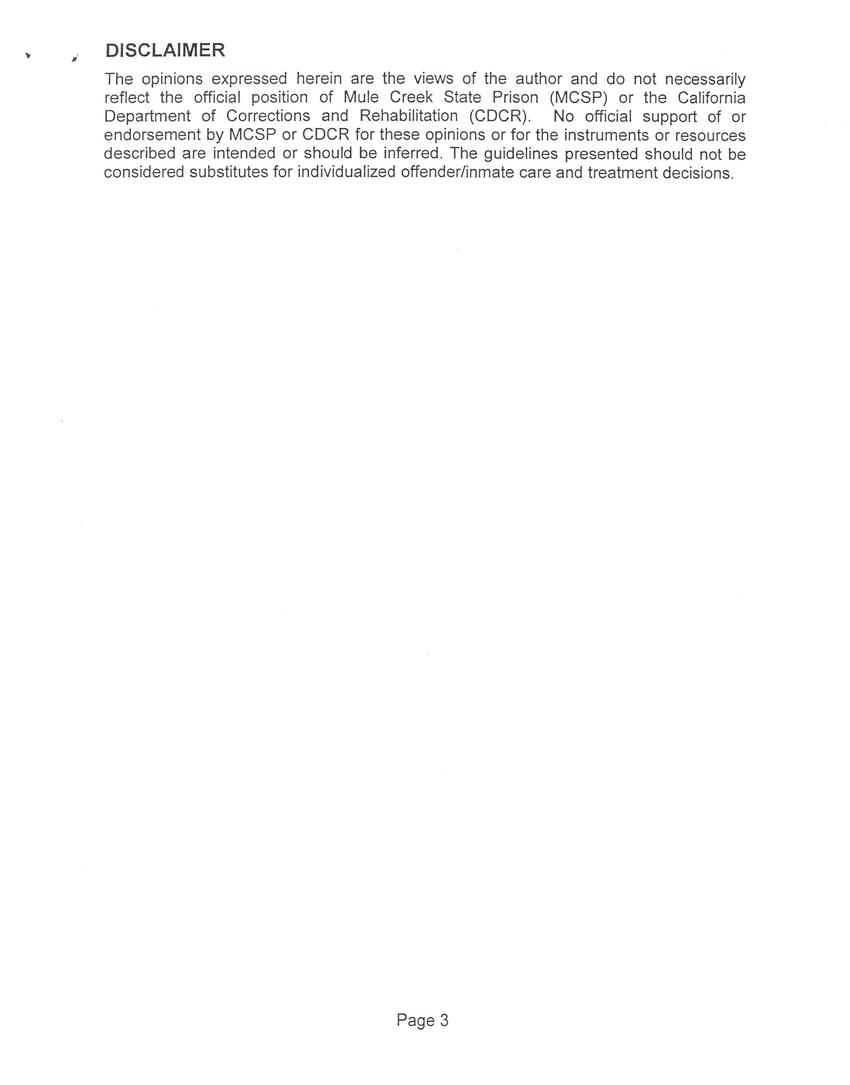
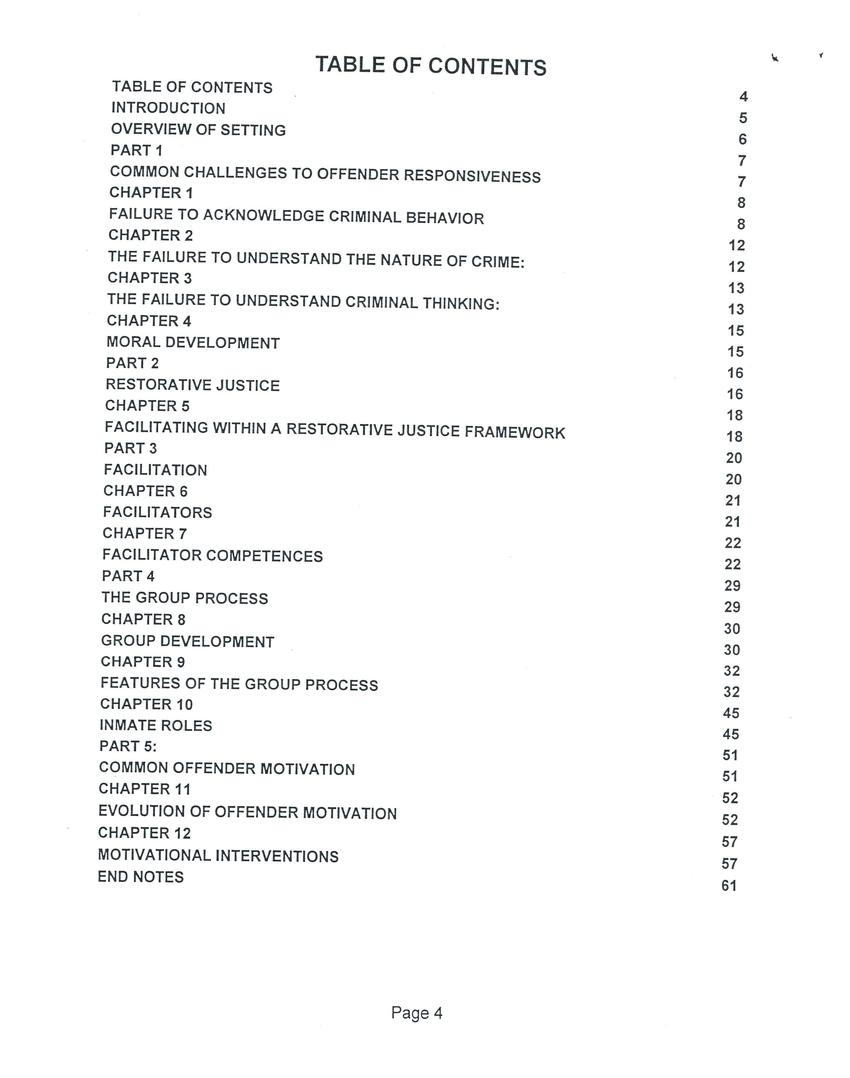

Replies